What is Human Centric Lighting? Development, Applications, and Solutions

HCL Introduction
Human centric lighting (HCL) is an innovative approach to lighting that prioritizes human well-being, health, and productivity by aligning artificial light with our natural biological rhythms. As we spend more time indoors, understanding the concept of “what is human centric lighting” and its solutions becomes increasingly important. By focusing on human centric lighting design, we can create environments that enhance comfort, improve performance, and promote overall health.
- What Is Human Centric Lighting?
- Benefits of Human Centric Lighting for Businesses
- Human Centric Lighting Solutions: Applications Across Industries
- 5 Steps to Design Human Centric Lighting Solutions
- How to Choose a Human Centric Lighting Provider?
- Future Trends in Human-Centric Lighting
- Empower Your Human-Centric Lighting Projects with Advanced Light Measurement Tools
What Is Human Centric Lighting?
Human-centric lighting is a lighting concept designed to align with human circadian rhythms and improve overall well-being. Unlike conventional lighting, which primarily focuses on illumination levels, this approach integrates dynamic lighting adjustments to mimic natural daylight changes.
How Does Human Centric Lighting Mimic Natural Light?
Human centric lighting systems replicate natural light by adjusting:
-
- Color temperature – Cool white light (5000K-6500K) boosts alertness during the day, while warm light (2700K-3000K) promotes relaxation in the evening.
- Intensity – Bright lighting during active hours and dimmer settings during rest periods help regulate biological rhythms.
- Timing and automation – Smart lighting systems adjust based on real-time environmental factors, user preferences, and programmed schedules.
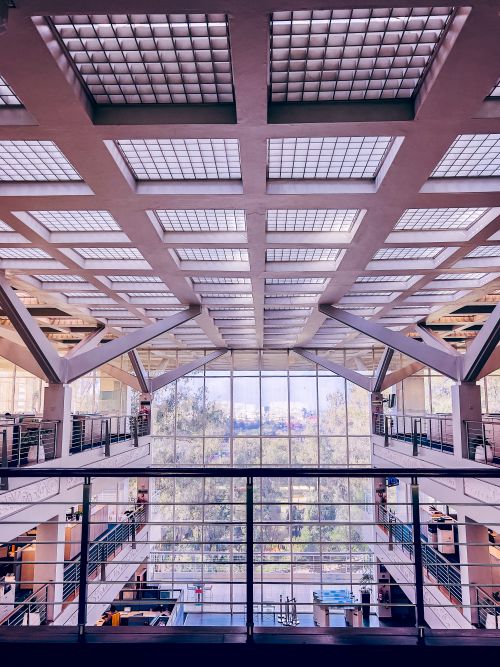
Scientific Support for Human Centric Lighting
Several studies highlight the benefits of human-centric lighting:
-
- Berson et al. (2002) discovered that exposure to blue-enriched light regulates melatonin production, improving sleep-wake cycles, a key mechanism behind HCL’s effectiveness.
- Chellappa et al. (2013) demonstrated that HCL can reduce fatigue and enhance mood by regulating melatonin production, supporting its role in emotional well-being.
- Figueiro et al. (2017) found that dynamic lighting in workplaces increased productivity and reduced fatigue, showcasing HCL’s impact on employee performance.
- A 2017 study published in Lighting Research & Technology found that exposure to dynamic lighting mimicking natural daylight improved sleep quality and cognitive performance in office workers (de Kort et al., 2017).
- A study in the WELL Building Standard (2021) emphasized the role of tunable lighting in improving mental health and cognitive function, supporting the adoption of human-centric lighting design (WELL Building Institute, 2021).
These findings support the importance of human centric lighting solutions in creating healthier indoor environments.

Benefits of Human Centric Lighting for Businesses
Implementing human centric lighting (HCL) in workplace environments offers a range of benefits that go beyond illumination. By aligning lighting with circadian rhythms and integrating smart technologies, businesses can create healthier, more efficient, and future-ready spaces.
- Enhanced Productivity and Focus
HCL provides optimal lighting conditions that support concentration, reduce fatigue, and boost energy levels. According to a study by the American Society of Interior Designers (ASID, 2019), offices using human-centric lighting reported a 15% increase in productivity. - Improved Employee Well-being and Health
Human centric lighting supports circadian rhythms, which helps improve sleep quality, reduce stress, and stabilize mood. It also alleviates eye strain and contributes to overall health, leading to fewer sick days and greater job satisfaction. - Energy Efficiency and Sustainability
When paired with smart lighting systems, HCL can automatically adjust based on natural daylight availability, reducing energy consumption and operational costs. The International Energy Agency (IEA, 2022) estimates that such systems can cut energy use and carbon emissions by up to 30%. - Competitive Advantage and Talent Retention
Businesses that prioritize employee health and well-being through advanced lighting solutions demonstrate innovation and a commitment to sustainability—key factors in attracting and retaining top talent in competitive industries. - Smart Integration and System Optimization
HCL systems can seamlessly integrate with IoT-based lighting controls, enabling automated adjustments, remote management, and data-driven optimization for greater operational efficiency.
Human Centric Lighting Solutions: Applications Across Industries
Integrating Human-Centric Lighting (HCL) across various industries has demonstrated tangible benefits in enhancing well-being, performance, and energy efficiency. Here are real-world examples illustrating HCL applications:
1. Universitätsklinikum Hamburg-Eppendorf (UKE), Germany – School Classrooms
-
- Application: A pilot project implemented dynamic lighting systems in classrooms that adapt to different times of the day.
- Outcomes: The study reported improved concentration, reduced restlessness, and better performance in reading speed and error rates among students.
- Lighting Modes: The system featured settings such as “Calm,” “Activate,” and “Focus,” tailored to the time of day or specific learning activities.
- Reference: Philips Lighting Case Study
2. Skanska Spark C Office, Warsaw, Poland
-
- Application: Integration of a smart lighting system based on the principles of Human-Centric Lighting, designed to adjust to the time of day and align with human circadian rhythms.
- Outcomes: Enhanced employee comfort, health, and well-being through lighting that harmonizes with natural biological cycles.
- Reference: Skanska Office Case Study
3. Malmö School, Sweden
-
- Application: In 2015, a classroom in Malmö implemented a dynamic HCL system designed to automatically adjust light intensity and color temperature throughout the school day. The system featured an initial 30-minute exposure to bluish light in the morning to promote alertness, followed by warmer, less intense light settings during periods requiring concentration and calmness.
- Outcomes: Teachers and students reported enhanced concentration levels and a more conducive learning environment. The lighting adjustments aimed to support students’ circadian rhythms, potentially leading to better sleep patterns and overall well-being.lightingforpeople.eu
- Reference: https://lightingforpeople.eu/malmo-school-introduces-human-centric-lighting/
4. Vilnius Prison (Lukiškės), Lithuania
-
- Application: As part of a refurbishment, Lukiškės Prison replaced outdated incandescent lighting with bi-colour LED luminaires incorporating human-centric lighting. The system delivers 200 lux by day using 4000K white LEDs and 15 lux by night using amber LEDs, meeting regulatory requirements while supporting circadian rhythms.
- Outcomes: The upgrade reduced energy use by 85%, improved sleep quality and daytime alertness among inmates, and enhanced safety by using low-voltage DC inside cells. Prisoners responded positively, noting better rest conditions.
- Reference: https://lightingforpeople.eu/human-centric-lighting-installed-in-vilnius-prison-lithuania/
5 Steps to Design Human Centric Lighting Solutions
Creating effective human centric lighting solutions requires a structured approach. Below are five key steps in the human centric lighting design process:
- Assess Needs and Goals:
Understand the specific requirements of the space, such as user activities, schedules, and desired outcomes (e.g., productivity or relaxation). - Analyze Natural Light Patterns:
Study the natural light cycle in the environment to design a system that complements it. - Select Appropriate Technology:
Choose lighting fixtures and control systems that allow for dynamic adjustments in color temperature and intensity. - Implement and Test:
Install the HCL system and test its performance, ensuring it aligns with user needs and circadian rhythms. - Monitor and Optimize:
Continuously monitor the system’s effectiveness and make adjustments based on user feedback and evolving needs.

How to Choose a Human Centric Lighting Provider?
When selecting a provider for human centric lighting solutions, consider the following factors:
-
- Expertise in Human Centric Lighting Design – Ensure the provider specializes in creating biologically effective lighting solutions.
- Customizable Systems – Look for tunable lighting options that adjust color temperature and intensity.
- Energy Efficiency and Sustainability – Verify compliance with industry standards such as WELL and LEED certifications.
- Integration Capabilities – Choose a system that seamlessly connects with smart building technologies.
- Post-Installation Support – Reliable customer service and technical assistance ensure long-term performance.
Future Trends in Human-Centric Lighting
The future of human-centric lighting design is evolving rapidly with technological advancements.
-
- AI-Powered Adaptive Lighting – AI-driven lighting systems will learn user preferences and automatically optimize settings.
- Integration with IoT and Smart Systems – Intelligent lighting control will enhance energy efficiency and personalization.
- Sustainable and Eco-Friendly Lighting Solutions – The shift towards low-energy LED technologies will continue.
- Personalized Lighting Environments – Customizable human-centric lighting solutions will cater to individual needs and preferences.
Empower Your Human-Centric Lighting Projects with Advanced Light Measurement Tools
At UPRtek, we support the advancement of human-centric lighting through our precision handheld spectrometers. Our MK350S Premium provides detailed light quality analysis—enabling designers, engineers, and researchers to evaluate lighting conditions, including key metrics related to circadian impact, EML, and melanopic lux.
Whether you’re working on residential, commercial, or industrial lighting applications, our tools help ensure your lighting aligns with human-centric principles.
Conclusion
Human centric lighting is revolutionizing the way we interact with our environments, offering a powerful tool to improve health, productivity, and sustainability. By understanding the topic of “what is human centric lighting” and implementing effective human centric lighting solutions, businesses and individuals can create spaces that truly support human needs. As the field continues to evolve, embracing human centric lighting design will be key to building a brighter, healthier future.
References
- Berson, D. M., Dunn, F. A., & Takao, M. (2002). Phototransduction by retinal ganglion cells that set the circadian clock. Science, 295(5557), 1070–1073.
- Chellappa, S. L., Steiner, R., Blattner, P., Oelhafen, P., Götz, T., & Cajochen, C. (2013). Non-visual effects of light on melatonin, alertness, and cognitive performance. Journal of Pineal Research, 55(2), 107–117.
- de Kort, Y. A. W., Smolders, K. C. H. J., & Kort, H. S. M. (2017). Effects of dynamic lighting on office workers: First results of a field study. Lighting Research & Technology, 49(3), 345–360.
- Figueiro, M. G., Plitnick, B., Lok, A., Jones, G. E., Higgins, P., Hornick, T. R., & Rea, M. S. (2017). The impact of daytime light exposures on sleep and mood in office workers. Sleep Health, 3(3), 204–215.
- WELL Building Institute. (2021). WELL Building Standard v2: Light Feature L03 – Circadian Lighting Design.
- American Society of Interior Designers (ASID). (2019). Impact of design: Human-centric lighting in the workplace.
- International Energy Agency (IEA). (2022). Energy efficiency in lighting systems: Global report.
Other Posts:
- Human Centric Lighting for Offices: Impact, Benefits, and System
- What Is a Grow Light? How It Works and Different from Regular Bulbs?
- What Color Grow Light is Best? Why Grow Lights Are Purple?
- What’s the Difference Between Grow Lights and Sunlight? Can They Replace the Sun?
- Cannabis Grow Lights: Which Light Is Best for Growing Cannabis?
Hot Product
Handbook Series
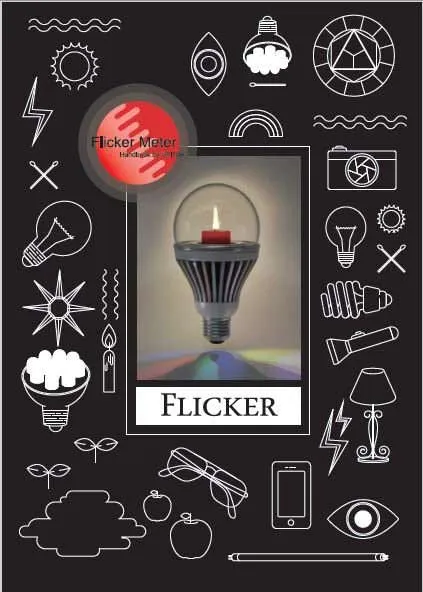
The Flicker Handbook
Everything thing you need to know about Flicker, an insidious, potentially serious lighting artifact impacting visual safety for public places like hospitals, offices, libraries, and more...
About UPRtek
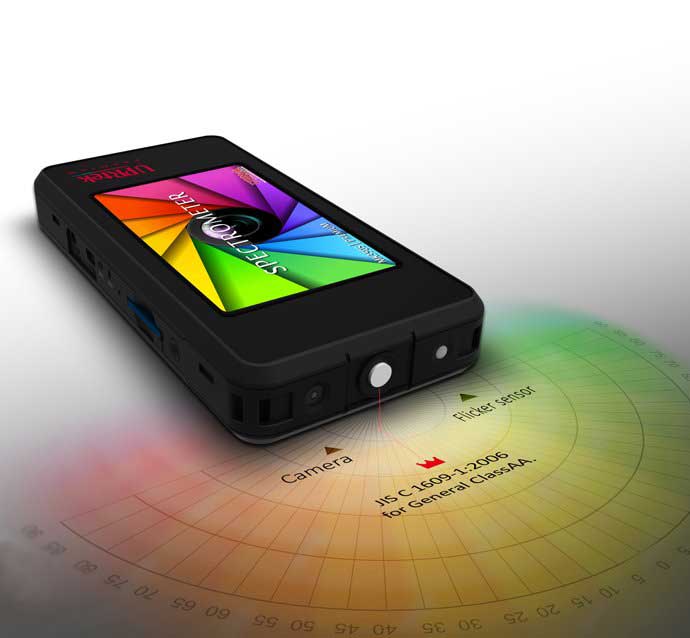
United Power Research and Technology
UPRtek (est. 2010) is a manufacturer of portable, high-precision light measurement instruments; Handheld Spectrometers, PAR meters, Spectroradiometers, Light Calibration Solutions.
UPRtek HQ, R&D and manufacturing are all based out of Taiwan, with Worldwide representation through our certified Global Resellers.

UPRTEK AT TOUCH TAIWAN 2025 – DISCOVER THE LATEST IN LIGHT MEASUREMENT TECHNOLOGY
Join Us at Booth L412 | April 16-18, 2025 | Taipei Nangang Exhibition Center
Latest Articles
Category




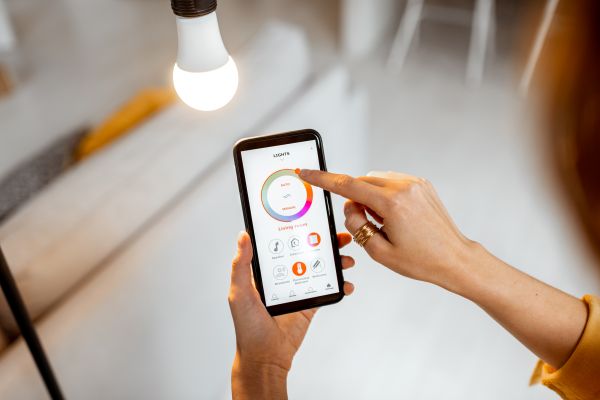







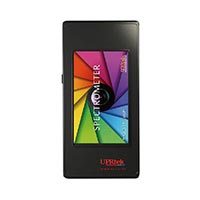
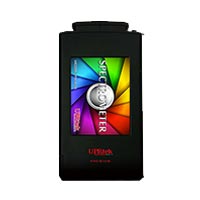

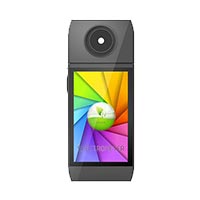
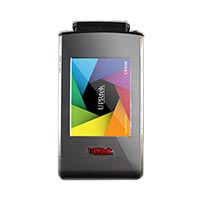
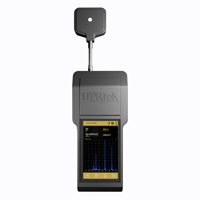
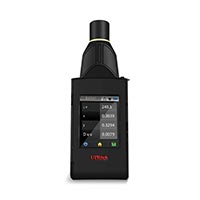
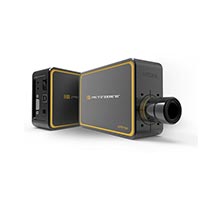
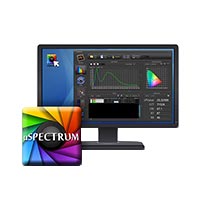

0 Comments